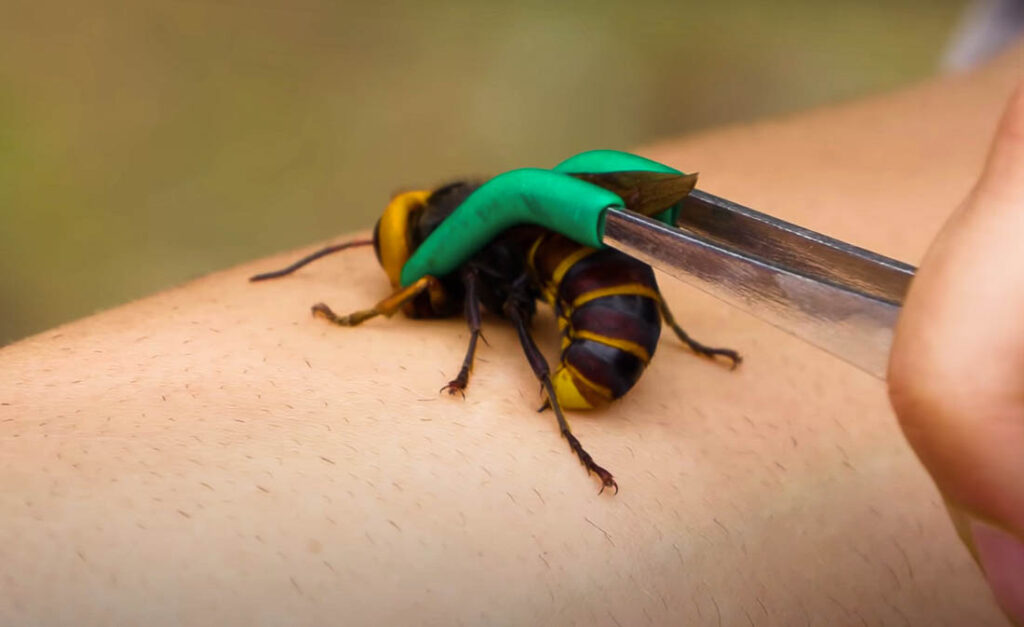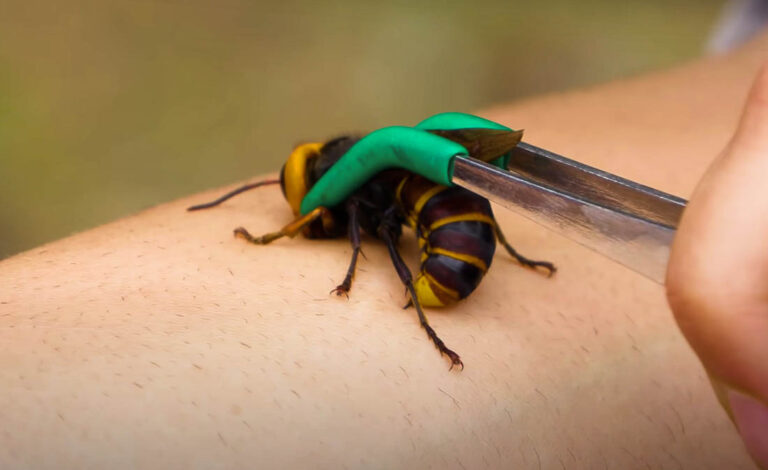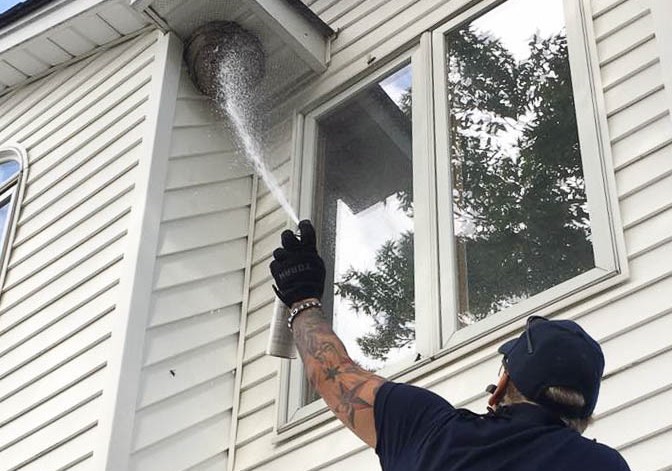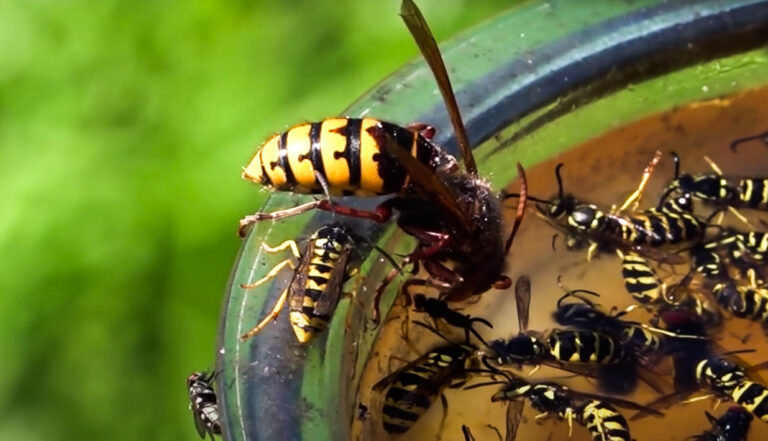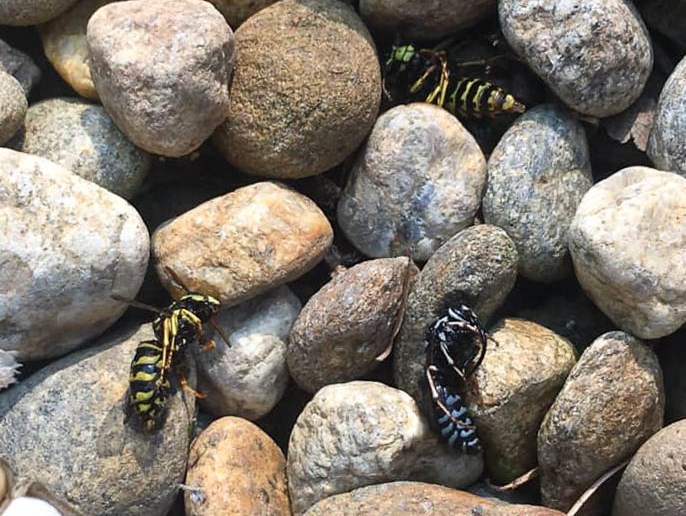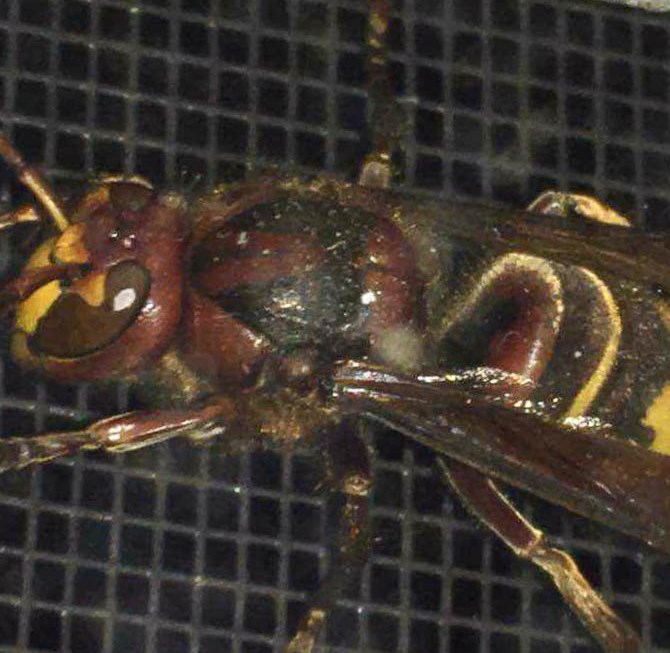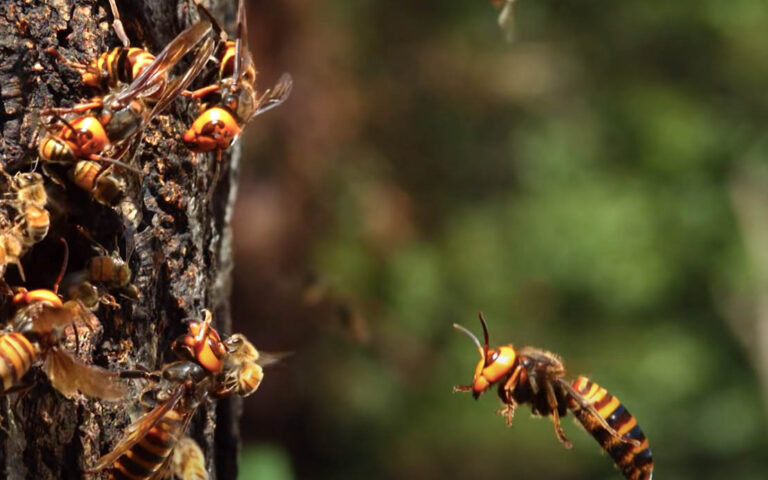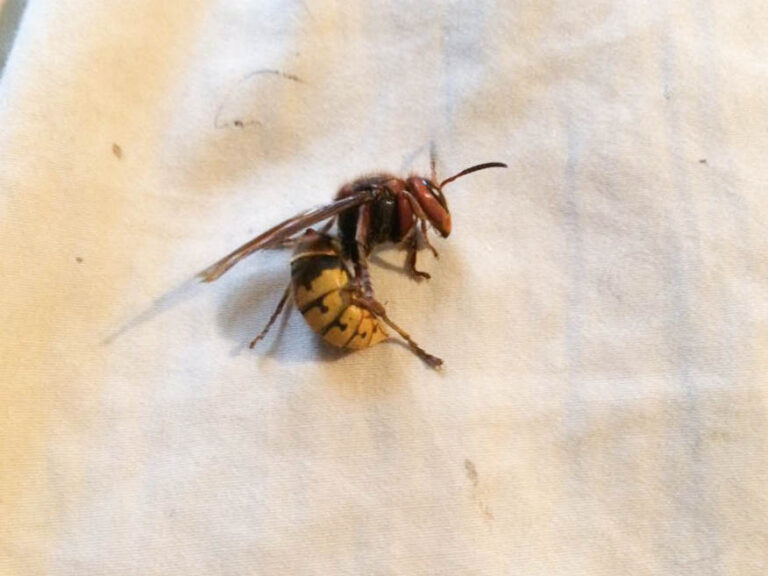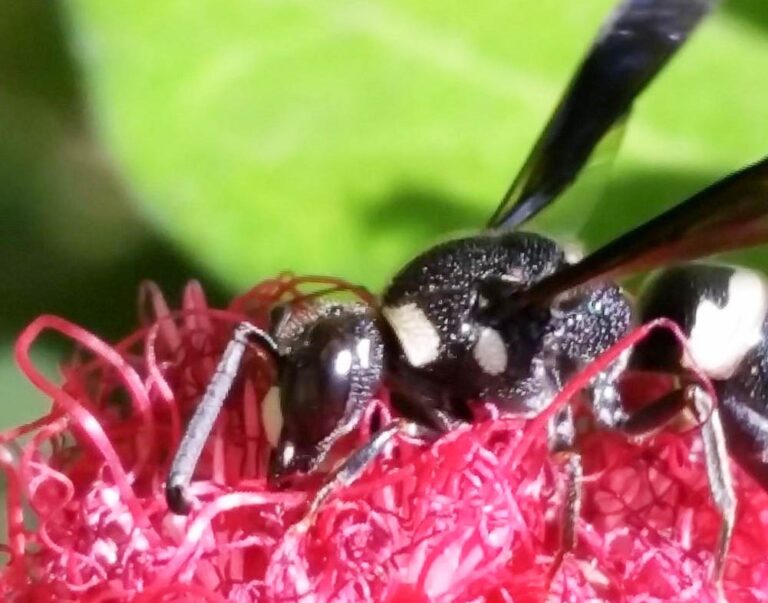Guide on hornet stings
Guide on hornet stings
If you are stung by a hornet, do you know what you should do? This guide will help you treat a hornet sting at home and signs and symptoms to watch out for in case of an allergic reaction.
A hornet, like any other bee, will sting in order to defend its colony and itself. A hornet has the ability to sting over and over as long as they can make contact with you. Hornets are not normally aggressive so they will only strike if they feel as though they are threatened.
For example, if a colony is hanging from an eave of your house and you are cleaning windows near it, they may feel threatened as you go through the motions of cleaning a window.
They will only let you get so close to their nest before they launch an attack on you. They will sting you until you can get away inside your home.
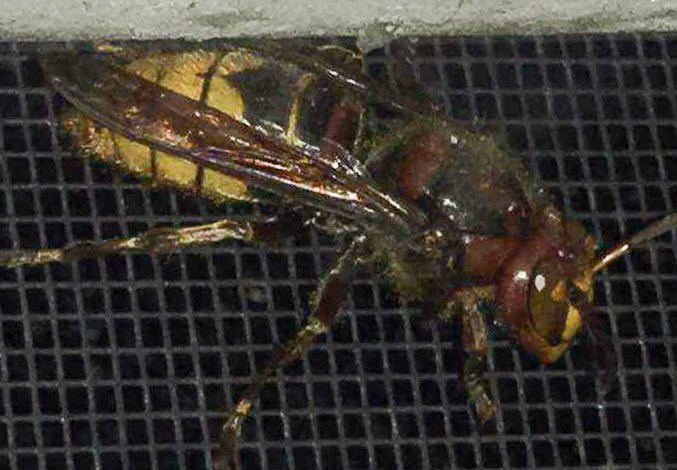
Symptoms of a Hornet Sting Reaction
If you have been stung by a hornet, you most likely have a few stings on you. Each sting has put a certain amount of venom inside your body.
At the site of the sting, you will most likely see the site turn red, begin to swell, feel warm, and begin to hurt. It can also start to itch. These symptoms will begin within a matter of seconds after being stung and can last a few hours afterward.
If you are sweating, the reaction can seem more intense and last a few days. During this time, you may feel fatigued and even nauseated. While they are uncomfortable and come with a certain degree of pain, these symptoms are not normally something that requires medical attention as long as the reaction stays close to the sting entrance.
A secondary bacterial infection can develop if the site where the hornet stung you is scratched by nails that may have been harboring a bacterium underneath. It’s important that you keep the sting site cleaned and disinfected in order to avoid bringing bacteria into it.
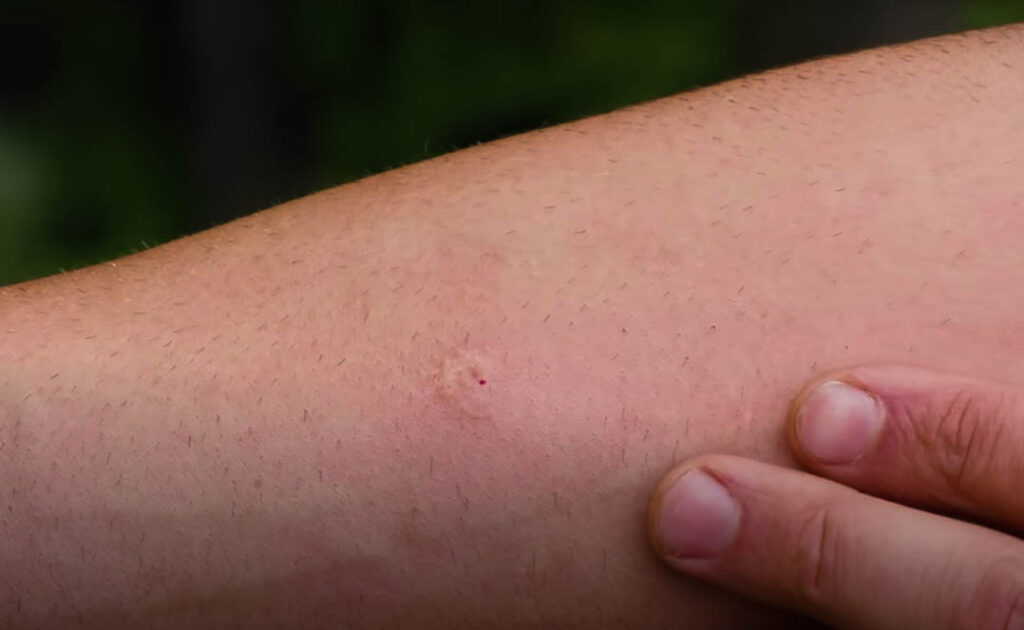
When a Sting Affects the Entire Body
There are times when a sting can have an effect on the entire body. This happens when the body has produced an antibody called immunoglobulin E in order to ward off the reaction from the venom. This is called a systemic allergic reaction and will require medical attention. While this is not normal to occur, it can happen. Symptoms of systemic allergic reactions include red bumps that appear on the skin and are swollen. Other symptoms may include trouble breathing because of the swelling and flushing of the skin. Symptoms may appear to be mild to severe and life-threatening. Don’t wait to seek medical assistance. Go to an emergency room as soon as you begin to experience symptoms like these.
The bees develop from the egg to the larval, pupa, and finally the adult stage. The development of Japanese honey bees starts when the queen lays eggs after mating. The queen usually lays an egg in each of the brooding cells of the hive.
After two to four days, the eggs develop into the larval form. From the larval form, they develop into pupae and then to adults. The fully developed adult bee breaks out of its cocoon and begins its life.
Delayed Sting Reactions
In some rare cases, a reaction to a string may not occur for a few days or even weeks. If this occurs, the symptoms can include a normal reaction to a sting to inflammation in the kidneys, brain, blood vessels, and even nerves. Seek medical help immediately.
After experiencing a sting, place ice on the sting site immediately to slow down the travel of venom through the body. Seek medical advice anytime you feel it is necessary.
